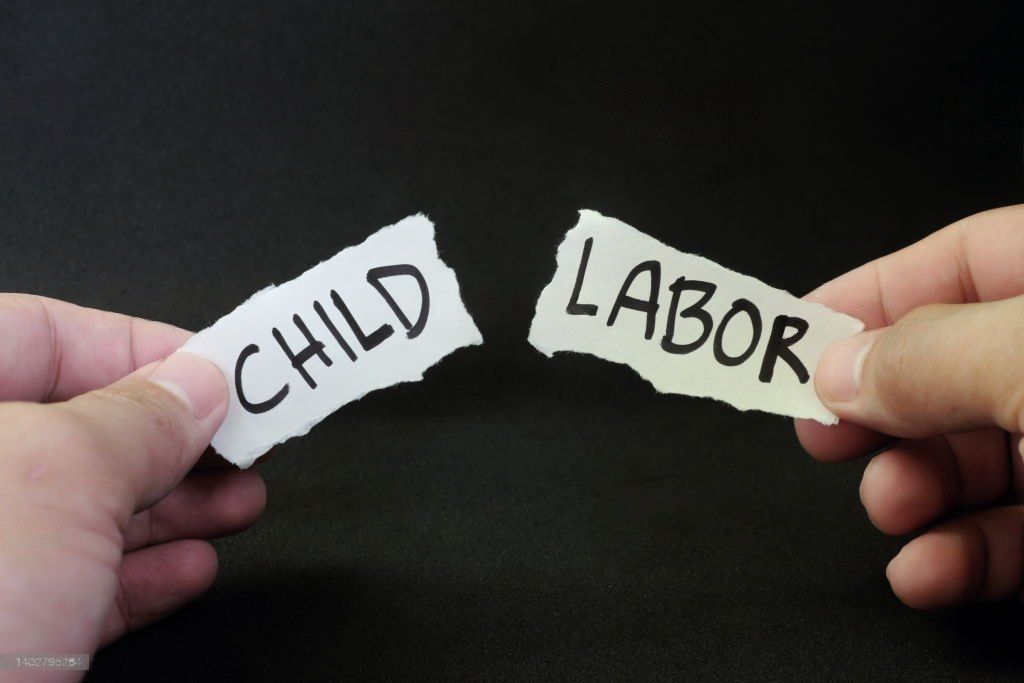10 Facts About Refugees in 2023
June 20th is World Refugee Day. To highlight the challenges refugees face worldwide, especially issues that affect children, we have compiled a quick fact sheet to inform people on this worldwide day of recognition.
- There are 108.4 Million forcibly displaced people worldwide. Of those, 35 Million are classified as refugees. 43 million children are among those forcibly displaced (UNHCR)
- There are 13.7 million child refugees and asylum-seekers worldwide as of 2022 (UNICEF)
- The highest number of refugees come from Syria (6.8m), Ukraine (5.7m), and Afghanistan (5.7m). These 3 countries account for around half of the world’s refugees. (UNHCR)
- The countries that host the most refugees are Turkey (3.6m), Iran (3.4m), Colombia (2.5m) Germany (2.1m), Pakistan (1.7m). Those 5 countries account for 38% of hosted refugees. 76% of refugees are hosted in low/middle income countries. Least developed countries hold around 20% of the total. (UNHCR)
- Child marriage is pervasive among Syrian Refugees. Among 1,593 female adolescents surveyed in Lebanon, 32.56% were married before the age of 17. Common among these children was also a lack of sexual health knowledge and high rates of early childbearing. (NIH)
- In 2021, 114k people attempted to reach Europe by sea, with 3,200 of them dying or going missing. (UNHCR) There have been more than 20,000 migrant and refugee deaths recorded in the central Mediterranean since 2014. (Reuters)
- Over 400 migrants have already died in 2023 crossing the Mediterranean, and this is as of Apr 12, 2023 and before the catastrophe in Greece that has possibly resulted in the deaths of 600 more migrants. That makes it the most fatalities in the past six years over a three-month period according to the United Nations. (Reuters)
- Syrian Refugees are often placed in child labor conditions, with 3/4th of Lebanon’s 130k child laborers being Syrian Refugees. (University of Texas Law)
- There were 130,000 unaccompanied minors that entered the United States last year, many of them having been displaced. (New York Times)
- 48% of refugee children remain out of school. Young refugees are 30% less likely to complete primary school and 50% less likely to complete secondary school. (UNHCR)


